In brief

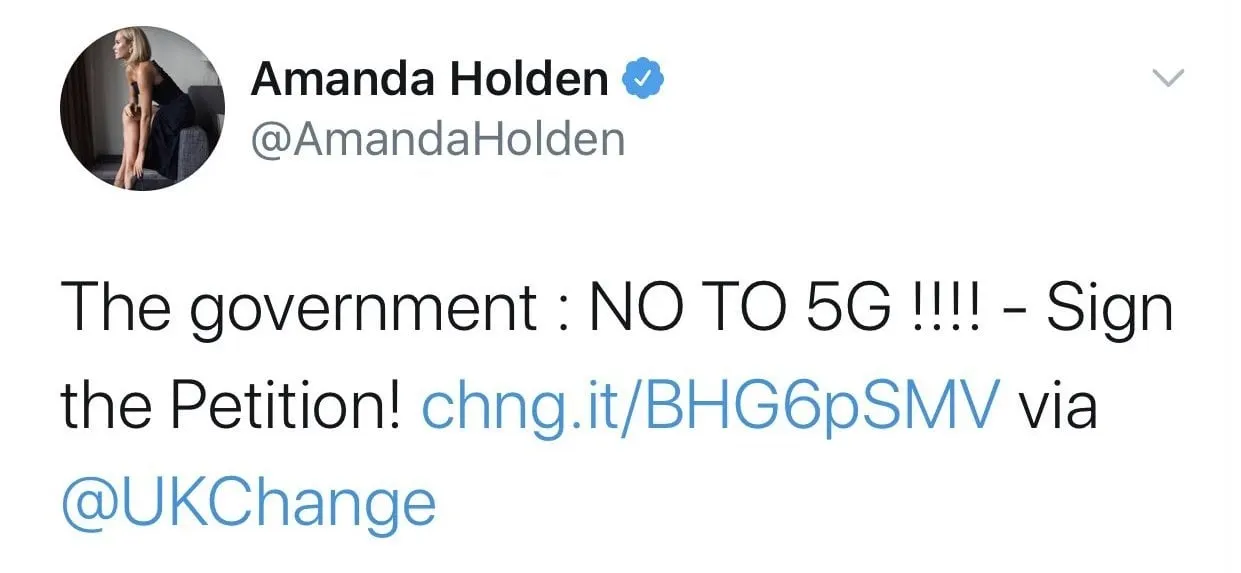
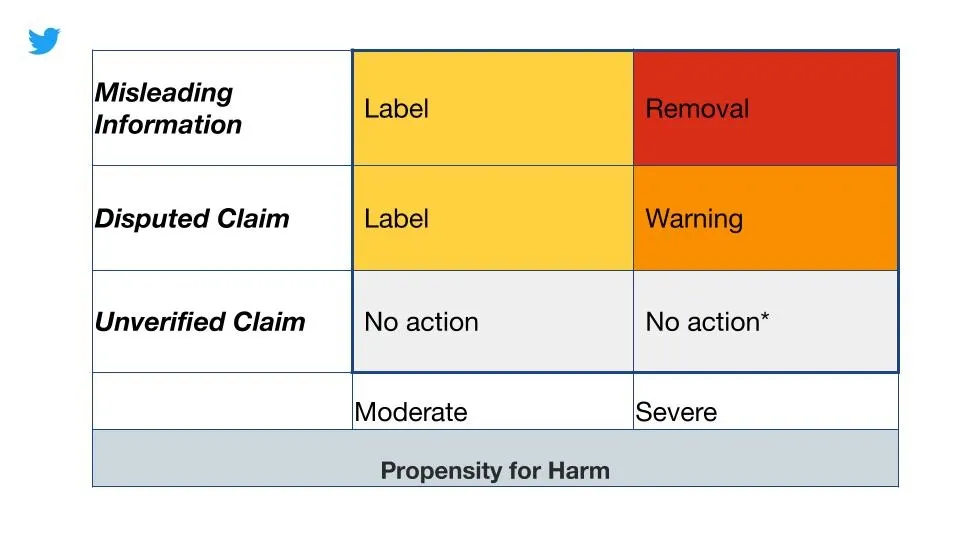
These labels will apply to anyone sharing misleading information that meets the requirements of our policy, including world leaders.
— Yoel Roth (@yoyoel) May 11, 2020
$107,517.00
1.71%$2,639.94
3.54%$2.29
5.59%$657.81
1.53%$156.91
3.07%$0.999805
0.00%$0.177855
0.68%$0.280556
2.64%$2,639.42
3.57%$0.65068
2.93%$44.78
9.48%$107,579.00
1.91%$3,185.61
3.68%$3.11
3.09%$466.74
1.71%$13.81
4.25%$9.26
0.62%$19.78
3.15%$0.266648
2.73%$3.02
1.58%$51.62
30.80%$0.0000122
1.02%$2,640.87
3.61%$0.99985
-0.00%$2,826.95
3.71%$0.161768
4.22%$88.12
2.14%$3.95
3.59%$1.00
0.03%$1.00
-0.01%$319.15
-0.00%$4.57
1.18%$107,515.00
1.79%$0.00001131
0.54%$7.82
8.62%$0.598843
-0.96%$287.95
4.46%$1.18
-0.06%$387.59
3.92%$51.78
-0.07%$5.65
4.41%$4.70
3.48%$1.00
0.00%$2.35
5.59%$0.092853
1.86%$189.68
2.88%$17.27
3.16%$0.831365
5.24%$31.88
-9.16%$1.055
0.03%$1.001
0.00%$0.082034
11.40%$0.629043
0.43%$0.093928
6.36%$10.00
-0.70%$16.45
-1.96%$0.02299416
2.89%$4.26
3.62%$0.733016
5.03%$4.43
-0.13%$0.31252
3.51%$107,312.00
1.69%$3.59
3.32%$0.206149
3.20%$2.53
4.48%$0.337706
1.53%$1.011
2.38%$110.98
4.74%$2,639.45
3.56%$0.184031
2.92%$4.51
1.35%$0.999653
-0.03%$0.998072
0.00%$1.00
0.02%$1.55
5.44%$11.21
0.07%$166.21
3.17%$1.97
6.31%$0.436486
1.18%$3,007.20
3.71%$1.24
0.36%$0.01828698
0.22%$1.23
1.36%$1.80
0.52%$2,763.56
3.69%$0.00001569
3.22%$12.03
4.12%$0.35503
6.33%$3.61
2.46%$0.608971
2.14%$0.183505
3.41%$1.00
-0.00%$0.657578
4.35%$1.00
0.09%$2,826.57
3.64%$0.01549835
6.36%$0.059766
1.96%$0.999918
0.00%$2,766.68
3.63%$0.16094
5.59%$107,207.00
1.63%$0.47596
2.33%$2,773.59
3.60%$0.886418
2.90%$657.70
1.48%$107,358.00
1.84%$0.090656
4.07%$0.54256
2.42%$0.625452
5.03%$3,426.72
-1.58%$3,406.37
-1.54%$108,198.00
0.95%$175.05
2.71%$0.00008085
2.65%$204.02
2.78%$0.855403
4.14%$2.38
2.18%$2.26
2.61%$2,850.98
3.61%$45.15
2.87%$0.725885
3.41%$111.43
0.00%$21.25
3.76%$0.0155785
3.26%$0.837621
14.02%$0.176014
2.89%$0.00000068
3.00%$1.11
0.05%$0.273937
2.97%$0.999594
0.02%$0.01371582
3.71%$44.80
9.80%$0.481013
3.11%$0.01026723
5.17%$3.95
6.67%$0.110929
4.13%$31.71
1.18%$0.997691
0.01%$106,839.00
2.07%$0.57783
3.10%$2.25
3.43%$0.597317
1.94%$0.548752
14.10%$1.093
0.09%$2,639.45
3.47%$2,639.82
3.57%$0.361342
2.30%$107,380.00
2.00%$0.999325
0.06%$1.58
4.25%$2,823.41
3.59%$2,750.42
3.73%$0.678908
2.31%$0.205149
-0.80%$44.84
9.92%$0.272588
2.77%$107,516.00
1.65%$2,640.87
3.67%$8.88
1.83%$55.11
4.23%$0.997291
-0.12%$0.04819518
7.16%$0.434411
1.80%$1.63
1.52%$0.01362189
3.19%$2.50
0.22%$1.48
4.93%$0.178102
0.76%$0.373807
9.04%$0.060927
-1.27%$0.999807
0.00%$1.00
0.02%$0.534209
2.95%$1.043
17.33%$0.00000042
2.20%$0.125235
5.18%$38.18
1.63%$5.86
5.00%$0.419188
-2.49%$14.47
3.38%$0.409719
1.64%$1.09
-0.00%$0.999751
-0.01%$0.993525
-0.40%$2,641.17
3.68%$2,804.94
3.54%$1.30
2.00%$0.00690786
8.04%$0.00001998
-2.04%$6.05
0.29%$2.42
3.89%$0.0048928
19.02%$0.00000101
10.76%$0.077218
3.59%$0.538771
1.53%$0.03942734
0.54%$0.00388624
4.51%$0.00414091
-0.84%$0.145778
-0.49%$1.001
-0.12%$1.14
5.23%$0.147799
5.85%$2,911.36
3.65%$0.0375111
2.78%$1.46
5.76%$0.01819363
1.96%$2,886.54
3.65%$0.52499
7.01%$0.343672
1.02%$107,450.00
1.64%$2,638.10
3.43%$1.26
2.63%$0.00006137
1.47%$170.60
2.96%$106,732.00
1.34%$0.03350294
2.85%$0.79312
2.77%$0.333688
1.82%$0.070475
2.87%$19.84
1.10%$0.0038297
0.72%$0.00000156
1.25%$2,639.47
3.64%$0.999003
0.01%$0.150374
-8.57%$0.00597361
2.27%$1.001
0.20%$118.06
2.00%$0.999879
0.01%$0.675853
9.06%$0.01989673
0.86%$0.206018
2.96%$19.76
3.19%$0.638688
1.60%$1.012
0.52%$0.999869
-0.01%$1.77
1.07%$6.86
1.23%$0.203207
3.90%$104,057.00
-1.61%$1.018
-0.07%$0.00399719
7.41%$2,157.70
1.69%$104,594.00
1.44%$9.19
3.19%$105,931.00
2.87%$0.444259
1.43%$0.00295759
2.18%Reading
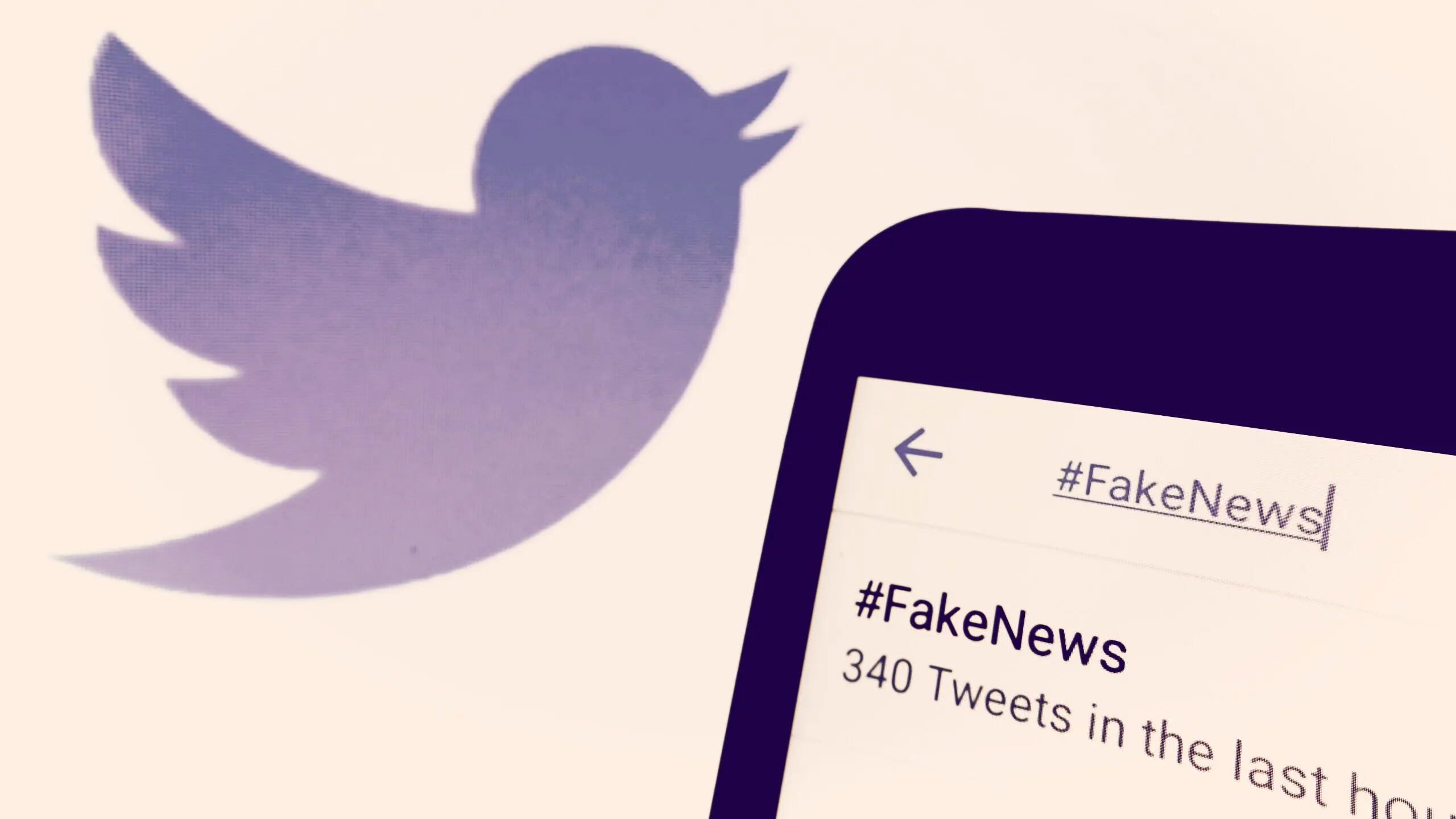
Researchers at Carnegie Mellon University said that roughly 45% of Twitter accounts that have been posting messages about the coronavirus pandemic are likely controlled by automated bots.
Since January, researchers have analyzed over 200 million tweets that discussed the virus and found that almost half of them behaved “unhumanly,” according to an article published by NPR on Wednesday.

"We do know that it looks like it's a propaganda machine, and it definitely matches the Russian and Chinese playbooks, but it would take a tremendous amount of resources to substantiate that," said Kathleen Carley, a professor of computer science at Carnegie Mellon University.
Currently, Carley is conducting a study on bot-generated coronavirus activity on Twitter. While it’s not clear exactly what individuals or groups are operating these bot accounts, the researchers said that it looks like the tweets aim to cause social division in the US.

Throughout 2018, data scientist Geoff Golberg was doxxed repeatedly and received numerous death threats. His crime? Exposing the numbers of inauthentic and automated (bot) accounts on Twitter. The issue of fake accounts has plagued Twitter, especially in relation to meddling in the U.S. Presidential election. In July, 2018, the social network said it had wiped tens of millions of fake accounts from the platform. Yet Golberg has continued to point out the numbers of suspicious accounts, related t...
Among over 100 identified “false narratives” about the coronavirus propagated by bots are conspiracy theories about hospitals filled with mannequins and 5G towers accelerating the spread of the coronavirus.
As Decrypt reported in early April, at least 20 cell towers have been burned in the UK over a conspiracy theory linking the coronavirus pandemic to 5G technology.

At the same time, numerous conspiracy theories were being endorsed by several UK celebrities such as Amanda Holden on Twitter, making the bots’ job for them. Although she later claimed the tweet was made by accident.
"We're seeing up to two times as much bot activity as we'd predicted based on previous natural disasters, crises and elections," Carley added.
To determine whether an account is controlled by a bot, the researchers examined their behavior and tweeting patterns. If some users are posting more messages than it is humanly possible or claim to be in different countries almost simultaneously, a so-called bot-hunter tool will flag them.
"When we see a whole bunch of tweets at the same time or back to back, it's like they're timed," Carley noted, adding "We also look for use of the same exact hashtag, or messaging that appears to be copied and pasted from one bot to the next."

On May 11, Twitter updated its approach to misleading information. According to the announcement, the platform will add labels and warning messages to tweets “containing disputed or misleading information related to COVID-19.”
These labels will apply to anyone sharing misleading information that meets the requirements of our policy, including world leaders.
— Yoel Roth (@yoyoel) May 11, 2020
Even if they are posted by Donald Trump.

Quantum computers weren’t expected to pose a threat to Bitcoin’s security anytime soon. But IBM has launched a project that could expedite the timeline: the world’s first fault-tolerant quantum computer, set to debut by 2029. Despite their ability to calculate in multiple directions simultaneously, current-generation quantum computers have high error rates. Without fault tolerance, and the ability to detect and correct errors as they happen, quantum computers can’t run complex algorithms that wo...
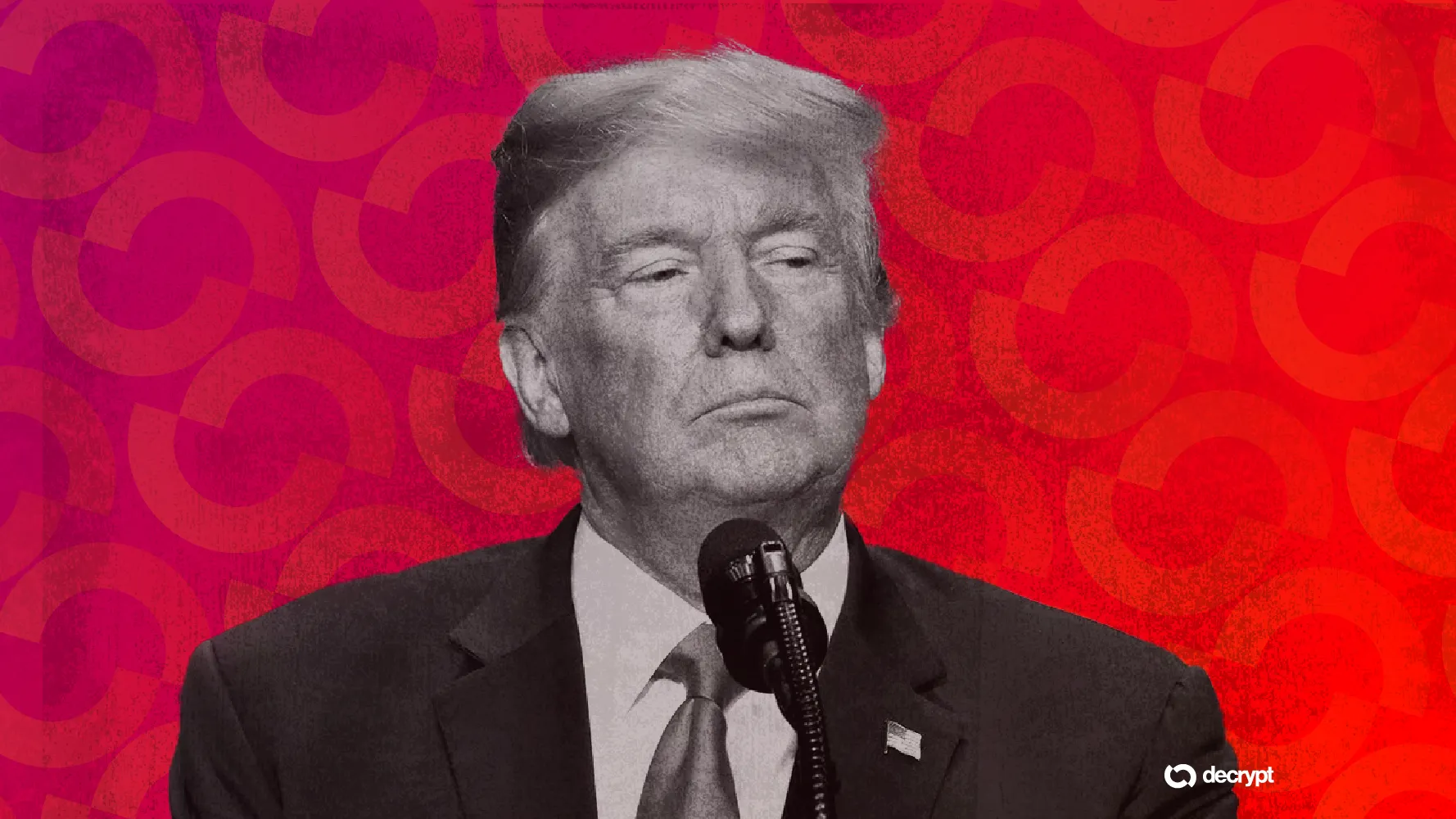
Earlier this month, President Donald Trump signed a sweeping set of executive orders aimed at deregulating commercial drones, flying cars, and supersonic jets—on a promise of “restoring America’s airspace sovereignty.” But as the skies open to innovation, national security experts are sounding alarms: the drone revolution is already being weaponized. From warzones in Iran and Ukraine to insurgent strikes in Africa and the Middle East, commercial drones are no longer just tools of progress—they’r...
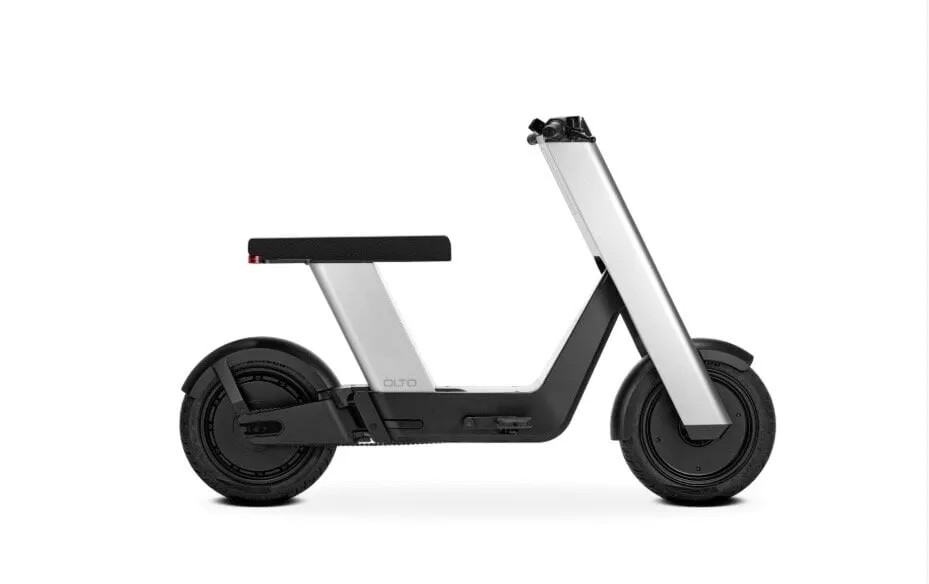
After launching a high-end, cyberpunk-style electric motorbike that costs more than some used cars, Andreessen Horowitz-funded Brooklyn startup Infinite Machine is finally getting practical. It just unveiled the Olto: a $3,495 electric scooter that looks like it escaped from an industrial designer’s mood board. (That's not surprising since the company was founded by brothers Joseph and Eddie Cohen, both erstwhile Apple employees.) It’s the second vehicle from Infinite Machine, whose first produc...
